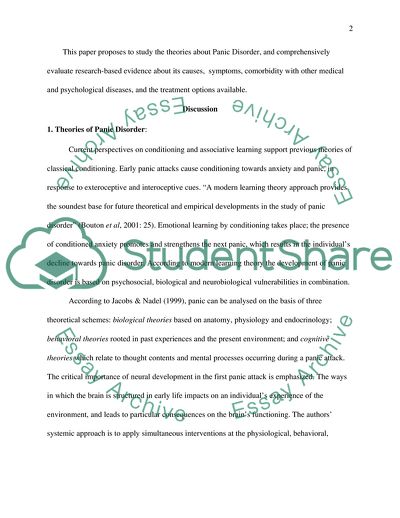Cite this document
(A Psychological Anxiety Disease Panic Disorder Research Paper, n.d.)
A Psychological Anxiety Disease Panic Disorder Research Paper. Retrieved from https://studentshare.org/health-sciences-medicine/1710191-panic-disorder
A Psychological Anxiety Disease Panic Disorder Research Paper. Retrieved from https://studentshare.org/health-sciences-medicine/1710191-panic-disorder
(A Psychological Anxiety Disease Panic Disorder Research Paper)
A Psychological Anxiety Disease Panic Disorder Research Paper. https://studentshare.org/health-sciences-medicine/1710191-panic-disorder.
A Psychological Anxiety Disease Panic Disorder Research Paper. https://studentshare.org/health-sciences-medicine/1710191-panic-disorder.
“A Psychological Anxiety Disease Panic Disorder Research Paper”, n.d. https://studentshare.org/health-sciences-medicine/1710191-panic-disorder.


